Gi binding wire has many practical uses-from attaching pieces of metal and other materials, to providing valuable protection from rust and corrosion. It is composed of a galvanized steel core that is wrapped in zinc and an additional layer of plastic or cloth to entirely prevent the zinc coating from any damage. Furthermore, this not only allows the wire to maintain its quality, but also enhances its resilience against elements.
For joining items of different thicknesses, Gi binding wire comes in a range of sizes and can usually be sourced from your local hardware outlet. The degree of thickness in the wire required depends on the girth of the items being bound together – the larger they are, the sturdier the wire must be.
Before beginning with gi binding wire, ensure it is early running through the holes that build the connection between the respective sheets of metal. Carefully draw the thread across each gap so that there is no possibility of it slipping out while fastening together. The following step is to hastily construct a stress-bearing joint by tightly intertwining the two strands of wire in a frequently accustomed fashion. If desiring extra support when forming this bond, pliers can be utilized to assist in properly tightening the wire.
Once the strands of wire are securely fastened, snip away any extra with a trusty pair of wire cutters. Secure it there firmly by curling it to form a loop, keeping careful measure that the circumference is generous enough to ensure it won’t come apart.
Gi binding wire presents a convenient, reliable means of joining together slivers of metal. Its sturdiness makes it dependable, while its simplicity allows it to be acquired from the majority of hardware establishments.
Related Product
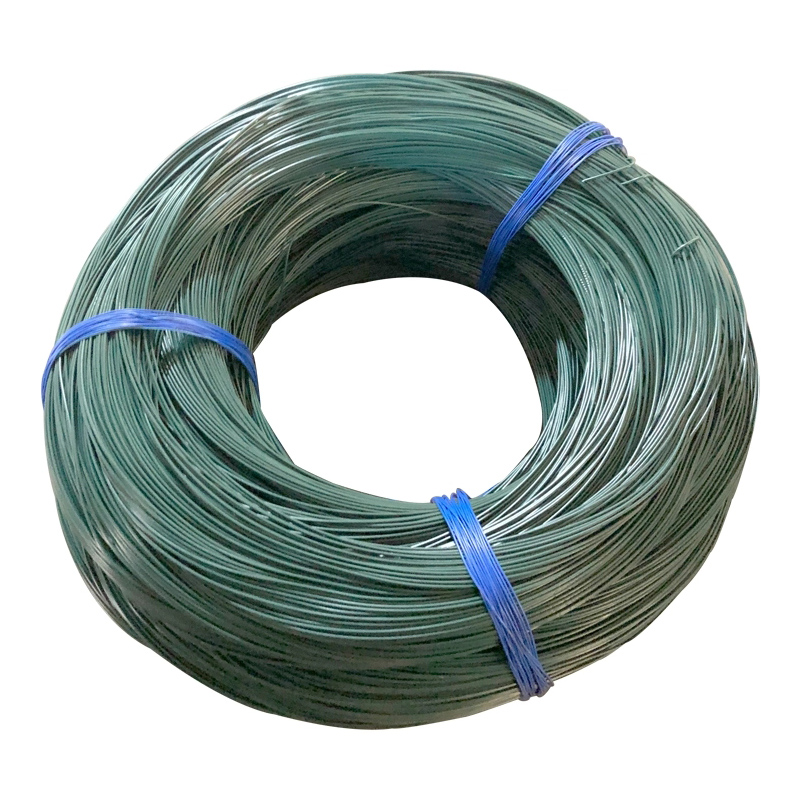
PVC Coated Wire
PVC coated wire, also called plastic coated wire, after high temperature dissolution cooled solid PVC particles uniformly wrapped in high-quality black iron wire and galvanized wi […]

Twister Tool
Handle Twister tool,plastic handle: Weight: 0.4kg Color: Black, blue,yellow ,red etc Material: Carbon Steel Plastic Handle Wire Tie / Tying Hook Tool Twister Wooden Handle […]
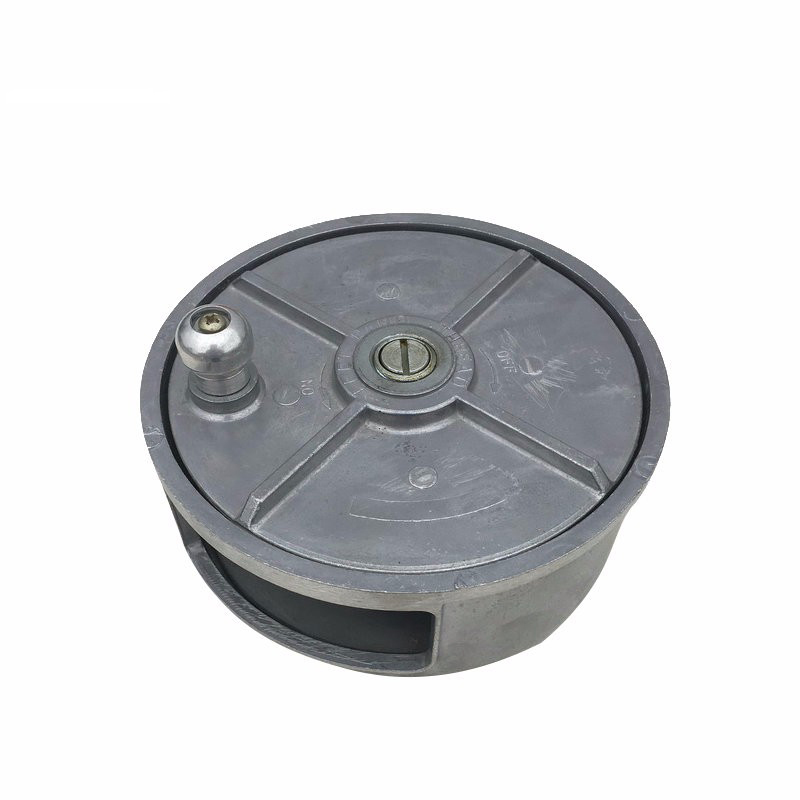
Reel Wire Tool
Product information: Specification of Aluminum Tie Wire Reel Material Plastic & Aluminum Weight 1.95LBS Application Binding Wire MOQ 1000pcs Sample Free Package 5PCS/CARTON &nb […]

Black Annealed Wire
Product Description: Product name Black Annealed Wire MOQ: No Material Q195,Q235 Delivery time: 20days after payment Surface annealed or as your request Payment terms: T/T,L/C We […]
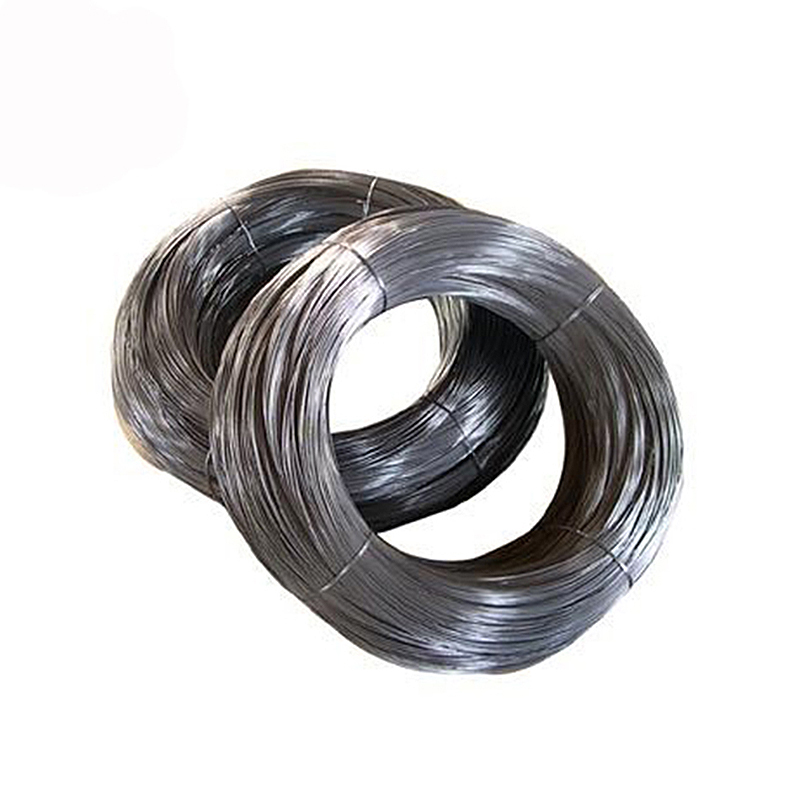
Galvanized Wire
Product information: Product Name Galvanized Wire Package 5kgs/roll, pp film inside and hassian cloth outside or pp woven bag outside 25kgs/roll, pp film inside and hassian […]
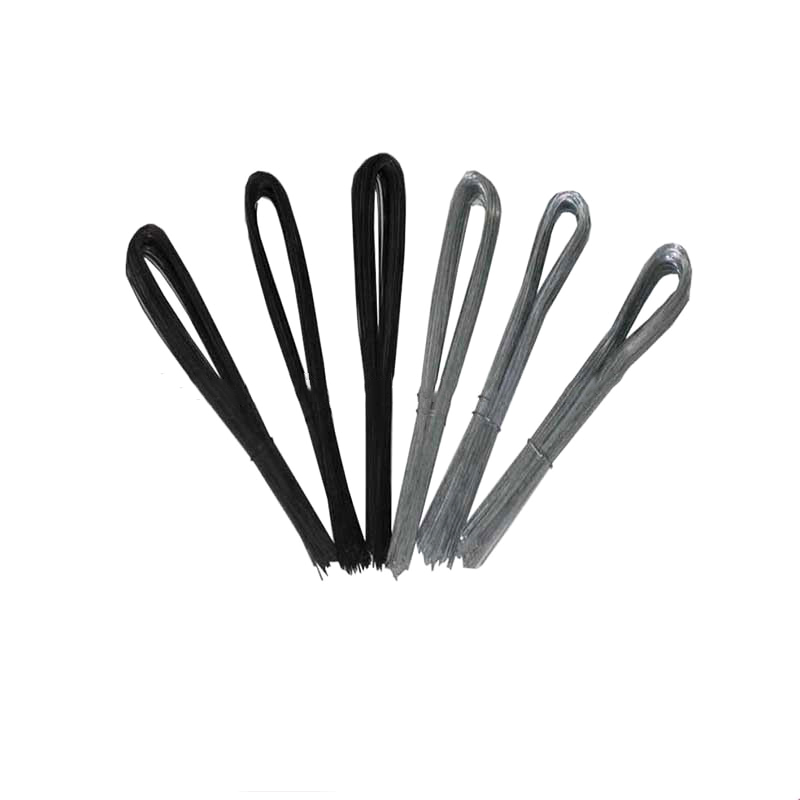
U Type Wire
Product information: Product Name Scaffolding Packing Galvanized Tie Wire Cuttings U Type Binding Wire Material Electro galvanized,hot dipped galvanized,black annealed,PVC coated W […]
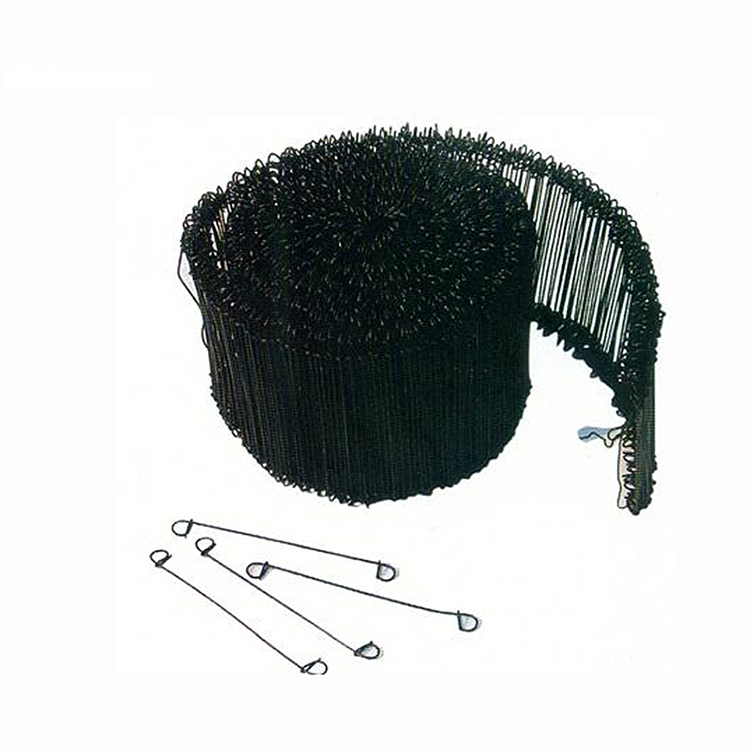
Double Loop Tie Wire
Double loop tie wire material Product Information: Wire diam. 0.5mm—2.0mm Finishes Black Annealed. Galvanized Annealed, Coppered, PVC coated, Stainless steel Wire gauge BWG6 […]
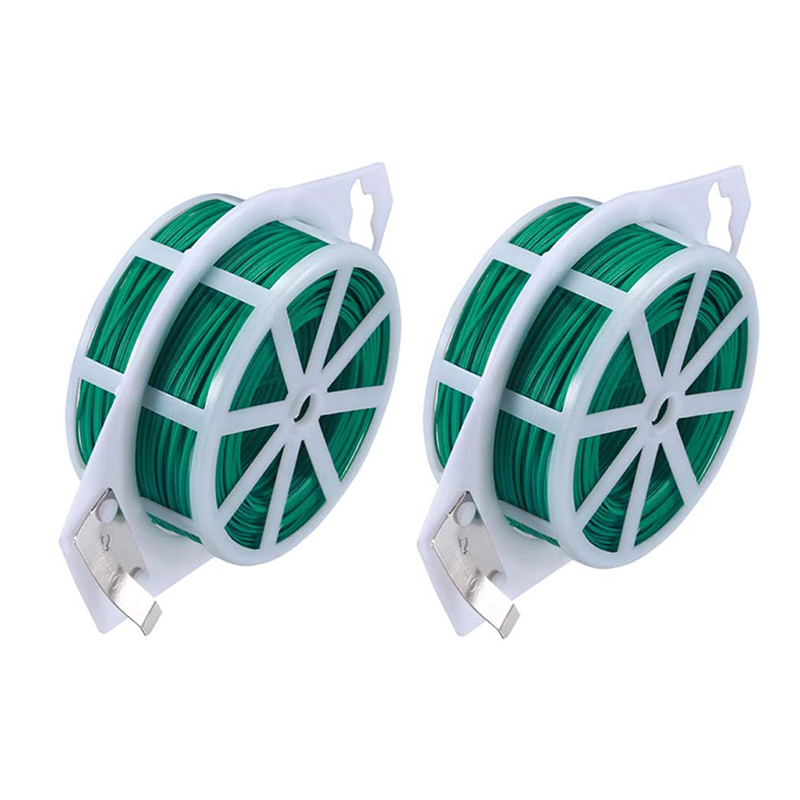
Garden Wire
Product information: The garden shingling is made of pvc plastic and high-quality galvanized iron wire, which is 3 to 4 times faster than any material, and the buckle is loose, the […]
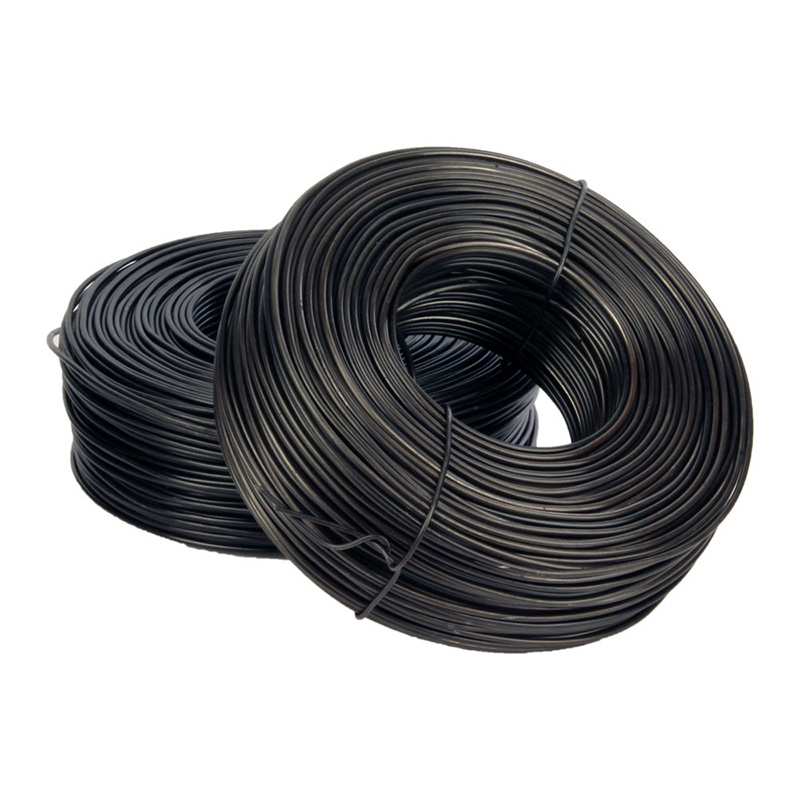
Tie Wire
Production Process of rebar tie wire : Steel rod coil — Wire Drawing — Wire Annealing–Rust Removing–Acid Washing– Boiling– Drying– Zinc Feeding– Wire Coiling. Wires Type 1.Galvaniz […]
Post time: 2023-06-17
